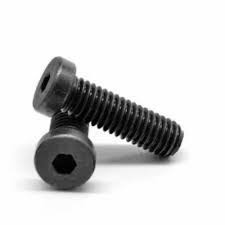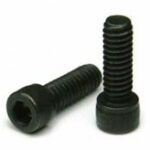Low head socket cap screws, also known as low profile socket cap screws, are a type of fastener commonly used in various applications where a flat or low-profile head is desired. These screws have a cylindrical head with a flat top and a hexagonal socket drive, similar to regular socket cap screws, but the head is shorter in height.
Here are some key features and considerations for low head socket cap screws:
-
- Head Profile: The defining characteristic of these screws is their low-profile head. This design allows them to sit flush or nearly flush with the surface when tightened, providing a neat and streamlined appearance.
- Hexagonal Socket Drive: Like standard socket cap screws, low head socket cap screws are driven using a hexagonal wrench or Allen key. This drive type is known for its ability to provide a secure grip, reducing the likelihood of stripping the screw head.
- Material and Coating: These screws are typically available in a variety of materials, including stainless steel, alloy steel, and other metals. The choice of material depends on factors such as the application environment and the level of corrosion resistance required. Coatings, such as zinc plating or other finishes, can be applied for additional protection.
- Applications: Low head socket cap screws find applications in industries such as electronics, automotive, machinery, and construction, where space constraints or aesthetic considerations may necessitate the use of a low-profile fastener.
- Thread Type: These screws come with different thread types, such as coarse or fine threads. The selection of thread type depends on the specific requirements of the application.
- Sizes: Like other screws, low head socket cap screws are available in various sizes, typically specified by their diameter and length.
When using low head socket cap screws, it’s important to ensure that the chosen fastener meets the specific requirements of the application in terms of strength, corrosion resistance, and size. Additionally, proper torque and installation practices should be followed to achieve secure and reliable fastening.





